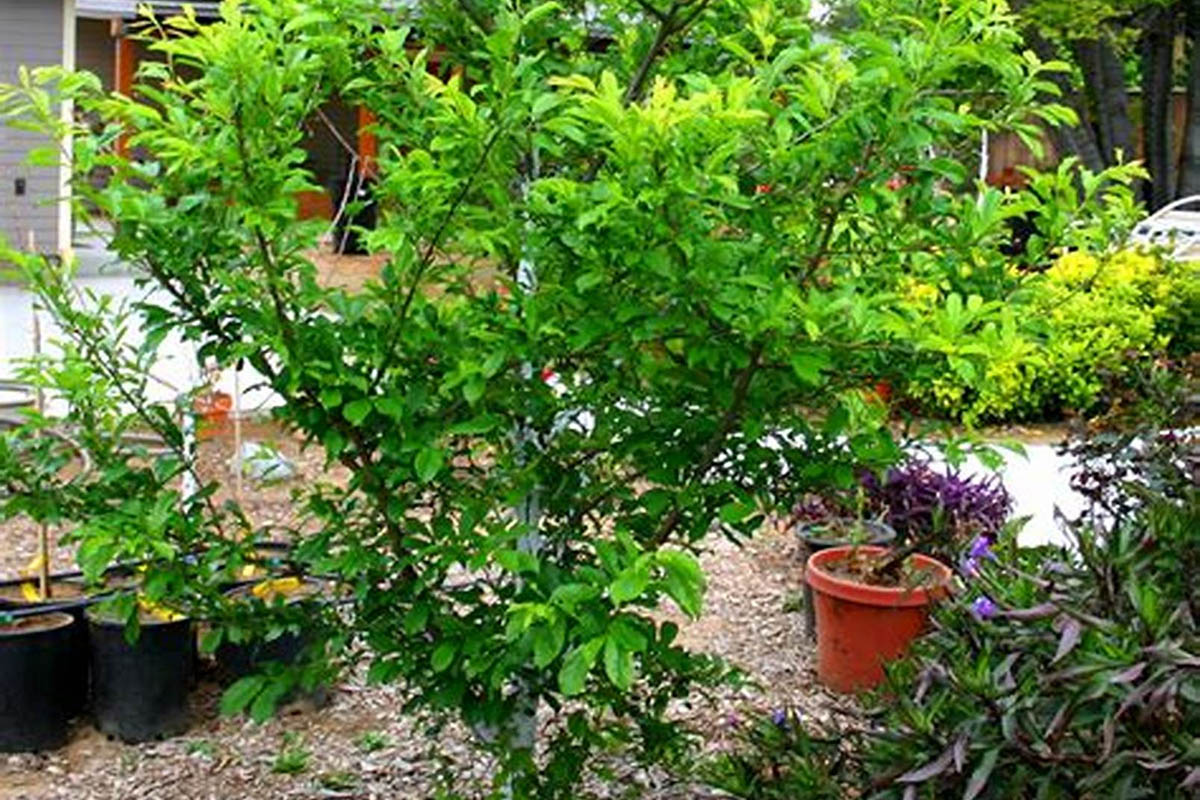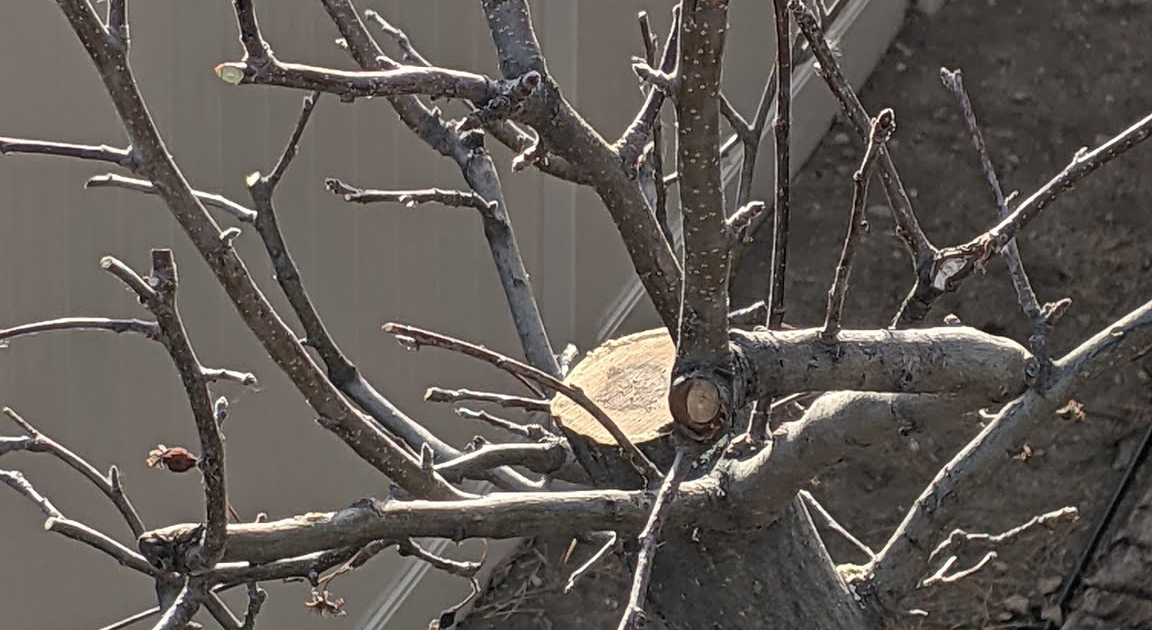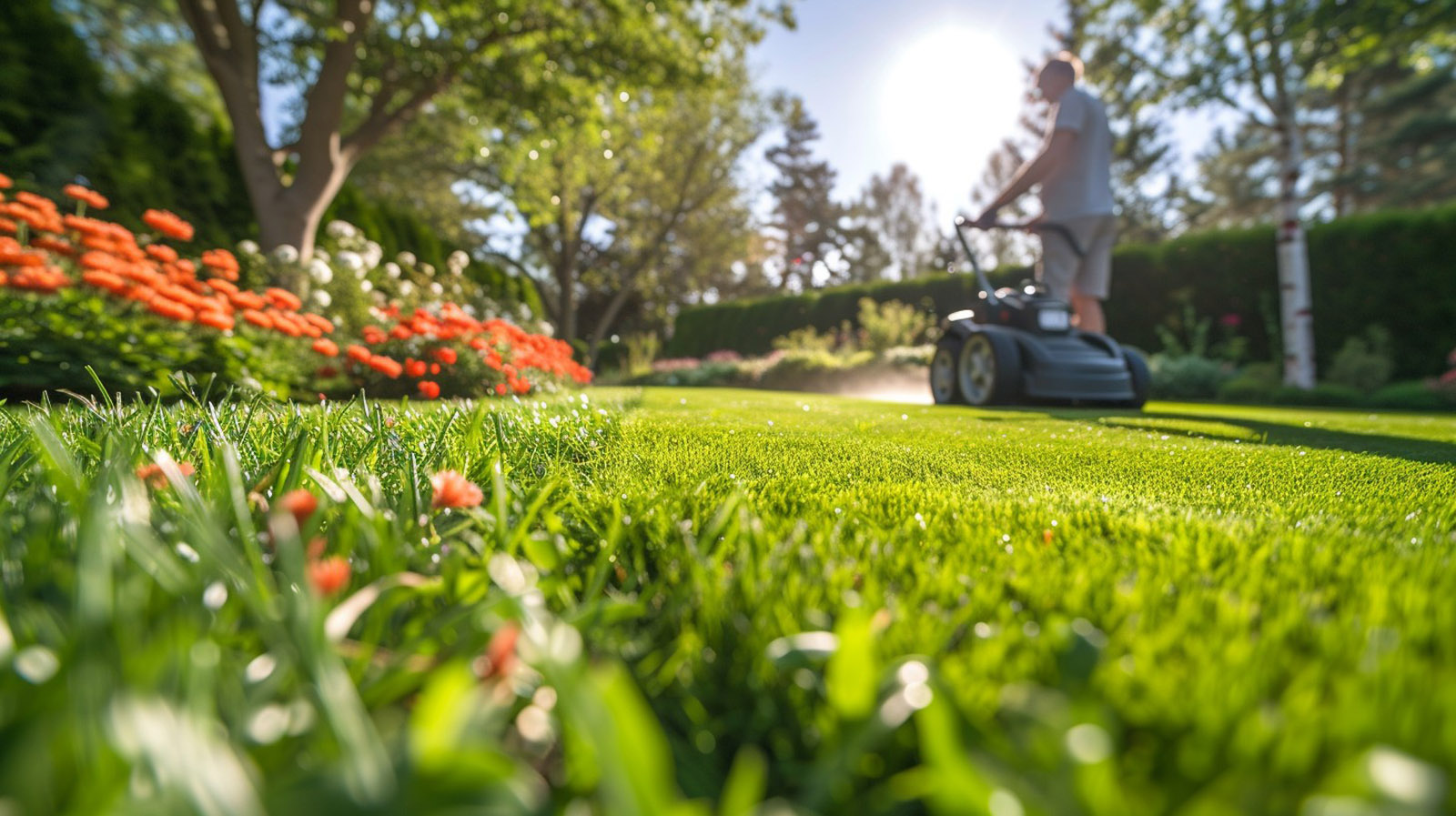
Pruning non-fruit bearing trees is a critical aspect of maintaining their health and aesthetic appeal. However, the timing of these pruning sessions greatly influences the tree’s vitality, especially in the diverse climates of Lower Mainland, Vancouver Island, and the Okanagan in British Columbia. Let’s explore the best timing for pruning non-fruit bearing trees in these distinct regions.

Lower Mainland Urban Tree Care Rhythms
Lower Mainland Urban Tree Care Rhythms
In Lower Mainland’s urban landscape, marked by mild winters and moderate temperatures, timing for pruning non-fruit bearing trees involves:
- Late Winter to Early Spring: Aim for late winter or early spring before the growth season begins. Pruning during this time allows wounds to heal swiftly with the onset of new growth.
- Avoiding Frost Periods: Steers clear of pruning during frosty conditions to prevent potential damage to freshly cut branches.

Vancouver Island Coastal Tree Care Guidelines
Vancouver Island Coastal Tree Care Guidelines
On Vancouver Island, with its maritime climate and lush landscapes, pruning non-fruit bearing trees follows these guidelines:
- Early Spring: Like Vancouver, early spring remains an ideal time for pruning. Mild temperatures encourage rapid healing of wounds.
- Avoiding Wet Periods: Refrain from pruning during excessively wet periods to prevent disease spread or slow healing due to prolonged moisture exposure.

Okanagan Tree Care Practices
Okanagan Tree Care Practices
In the semi-arid Okanagan, tailored care for non-fruit bearing trees involves specific timing:
- Late Winter or Early Spring: Opt for late winter or early spring pruning sessions before the trees break dormancy. This timing allows for efficient healing and minimizes stress on the tree.
- Avoiding Extreme Cold: Steers clear of pruning during extremely cold periods to prevent potential damage caused by cold stress on freshly cut branches.
Shared Best Practices for Tree Pruning
Despite regional differences, some universal best practices for pruning non-fruit bearing trees across these regions include:
- Sharp Tools: Use sharp and clean pruning tools to ensure clean cuts and minimize damage to the tree.
- Removing Dead or Diseased Branches: Identify and remove dead or diseased branches regardless of the region, promoting overall tree health.
- Consulting Arborists: When in doubt or dealing with larger trees, consulting arborists or tree care professionals ensures proper care and timing.
- Conclusion: Nurturing Tree Health Through Timing
Understanding the ideal timing for pruning non-fruit bearing trees in Lower Mainland, Vancouver Island, and the Okanagan is crucial for maintaining tree health and vitality. By aligning pruning schedules with the unique climatic nuances of each region, homeowners and tree enthusiasts can ensure healthy, well-maintained trees that enhance the beauty of these diverse British Columbian landscapes.

